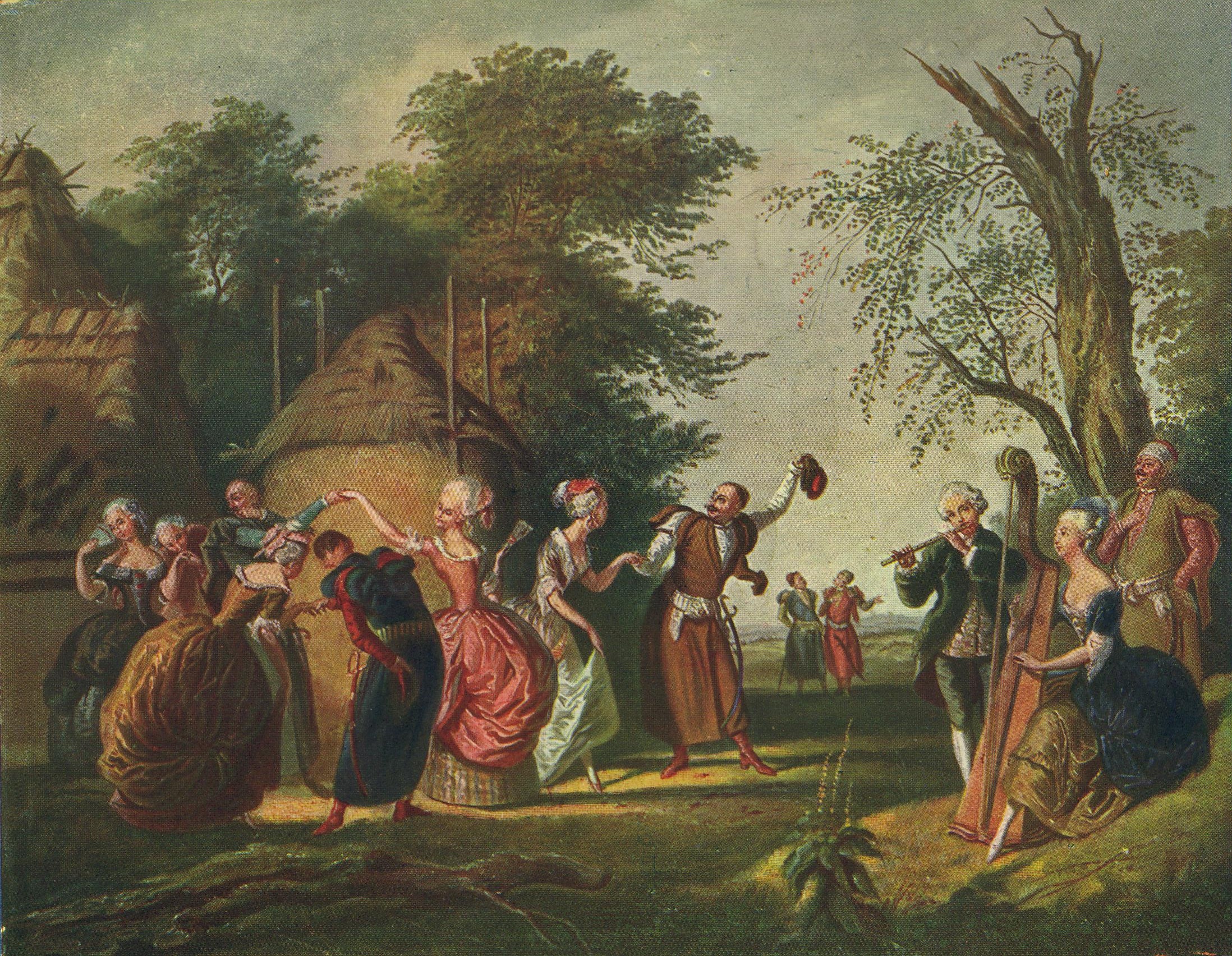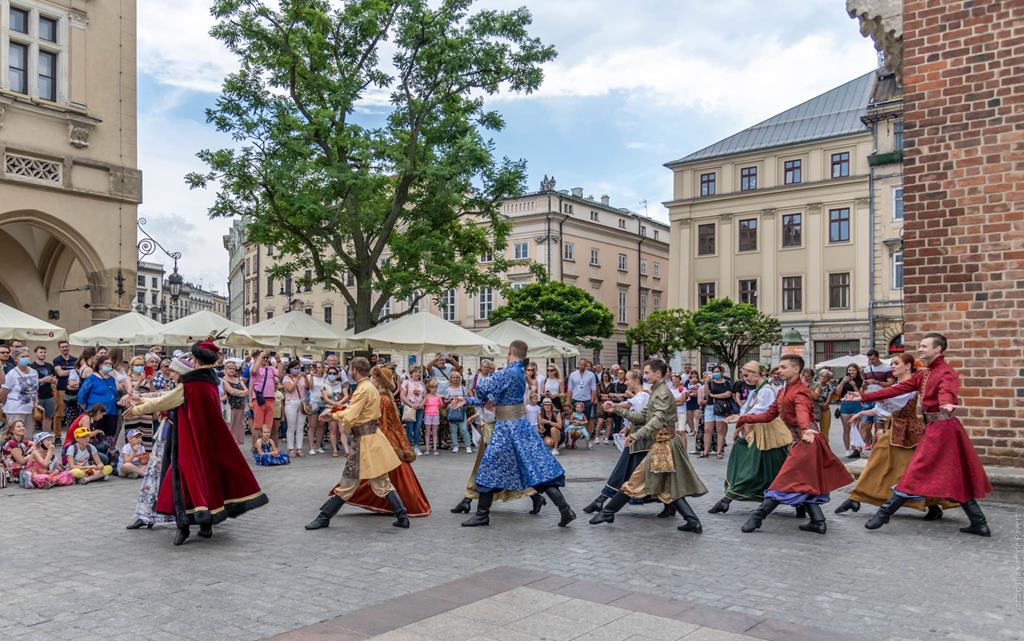The polonaise, a traditional Polish dance whose history dates back centuries, has been added by UNESCO to its list of intangible cultural heritage, which aims to ensure better protection of important cultural traditions worldwide. It is the sixth Polish entry on the list.
“The polonaise is a joyful Polish group dance…[that] commemorates important moments in family and community life and symbolises cooperation, reconciliation and equality,” wrote UNESCO, a UN agency devoted to culture, science and education.
“Because it is often danced by people of all ages and backgrounds, it also promotes unity, solidarity and dialogue,” they added.
🔴 BREAKING
New inscription on the #IntangibleHeritage List: Polonaise, traditional Polish dance, #Poland 🇵🇱.
Congratulations! 👏https://t.co/c2HMPpStCA #LivingHeritage pic.twitter.com/vopQs0HjDU
— UNESCO 🏛️ #Education #Sciences #Culture 🇺🇳 (@UNESCO) December 5, 2023
The dance – whose name comes from the French word for “Polish” in the feminine form (and is written as polonez in Polish) – is traditionally performed during school proms and student balls as well as at weddings and New Year’s celebrations.
“It is a dance known to every Pole, and now the whole world will hear about it,” said Poland’s culture minister, Dominika Chorosińska, celebrating the UNESCO inscription as a “national success”.
“The polonaise is the genetic code, the cultural code of our nation – one of the oldest Polish national dances that still functions today”, she added.
One of Poland’s five national dances (the others being the krakowiak, mazurek, kujawiak and oberek), the polonaise was originally a “walking dance” at wedding ceremonies. By the 17th century, it had become popular among the aristocratic and noble classes.
The dance also spread across Europe, picking up the name polonaise in France and la polacca in Italy. In the 19th century, it played a role in preserving Polish culture at a time when the country itself had been wiped off the map.
“It allowed us to survive,” says Jan Łosakiewicz, director of the Warsaw University Dance Theatre and chairman of the Polish section of the International Council of Folklore Societies, Festivals and Folk Art. “The strength of this dance is that it has survived the turbulence of history.”

Polonaise under the sky, Korneli Szlegel (1819-1870)
But as well as being a source of national pride, the dance is also about “individual pride”, Łosakiewicz told the Polish Press Agency (PAP). “It conveys gallantry and caring. The dancer adores his partner, but also seeks to show her off to the world, to share her beauty with others.”
A group dancing the polonaise can consist of up to several hundred members, often in traditional costume. Participants dance in pairs and march together in rhythm to form a procession. The couple leading the dance is responsible for directing the others.
The dance was added to Poland’s own national list of intangible cultural heritage in 2015, which is a necessary first step to then be recognised by UNESCO.
The dance now joins five other Polish entries on the UNESCO list: Kraków’s annual tradition of making elaborate models of nativity scenes; bee-keeping culture; falconry, Corpus Christi flower carpets; and timber rafting.
A 200-year-old tradition of creating "flower carpets" for Corpus Christi processions in Polish villages was today added to @UNESCO's list of the Intangible Cultural Heritage of Humanity https://t.co/eW7AJf8NcZ
— Notes from Poland 🇵🇱 (@notesfrompoland) December 17, 2021

Notes from Poland is run by a small editorial team and published by an independent, non-profit foundation that is funded through donations from our readers. We cannot do what we do without your support.
Main image credit: MKIDN (under CC BY-NC-ND 3.0 PL)

Agata Pyka is an assistant editor at Notes from Poland. She is a journalist and a political communication student at the University of Amsterdam. She specialises in Polish and European politics as well as investigative journalism and has previously written for Euractiv and The European Correspondent.



















